Search
Search Results
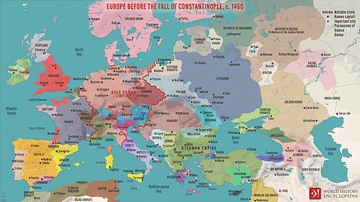
Image
Europe Before the Fall of Constantinople, c. 1450
A map illustrating the political situation in Europe, East Asia, the Middle East, and North Africa around 1450, just before the fall of Constantinople, the expansion of the Ottoman Empire under Mehmed II, the Conqueror, and the transformation...
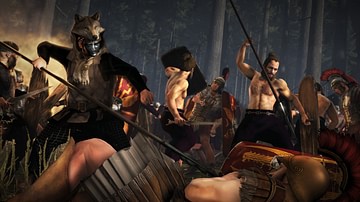
Worksheet/Activity
Fall of Rome - Podcast & Mindmap
This activity has been designed to fit a 10-minute slot for your class. Based on a 5-minute podcast, students have to fill in a mind map to identify the main reasons for Rome's fall. It is part of our Fall of Rome pack where you can find...
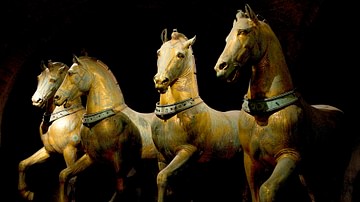
Article
The Hippodrome of Constantinople
The Hippodrome of Constantinople was an arena used for chariot racing throughout the Byzantine period. First built during the reign of Roman emperor Septimius Severus in the early 3rd century CE, the structure was made more grandiose by emperor...
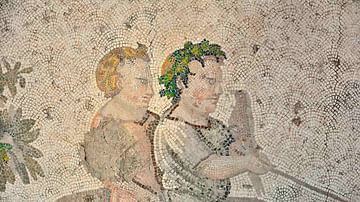
Article
The Great Palace of Constantinople
The Great Palace of Constantinople was the magnificent residence of Byzantine emperors and their court officials which included a golden throne room with wondrous mechanical devices, reception halls, chapels, treasury, and gardens. In use...
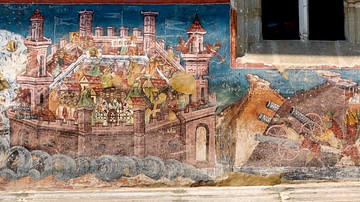
Article
1453: The Fall of Constantinople
The city of Constantinople (modern Istanbul) was founded by Roman emperor Constantine I in 324 CE and it acted as the capital of the Eastern Roman Empire, or Byzantine Empire as it has later become known, for well over 1,000 years. Although...

Article
Gibbon's Decline & Fall of the Roman Empire
The English historian Edward Gibbon (1737-1794) wrote and published his seminal work History of the Decline and Fall of the Roman Empire between 1776 and 1788. The dominant theme of Gibbon's six-volume work is that the fall of the Roman Empire...

Definition
Byzantine Emperor
The Byzantine Emperor ruled as an absolute monarch in an institution which lasted from the 4th to 15th century CE. Aided by ministers, high-ranking nobility, and key church figures, the emperor (and sometimes empress) was commander-in-chief...

Definition
Byzantine Government
The government of the Byzantine Empire was headed and dominated by the emperor, but there were many other important officials who assisted in operating the finances, judiciary, military, and bureaucracy of a huge territory. Without elections...
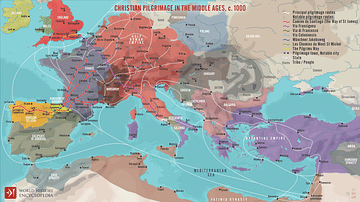
Image Gallery
10 Maps on European History
In this gallery of 10 maps on European history, we explore the dynamic borders and the fragile quest for peace on the continent. Witness the shifting borders and the persistent efforts of nations to achieve stability amidst the ever-changing...
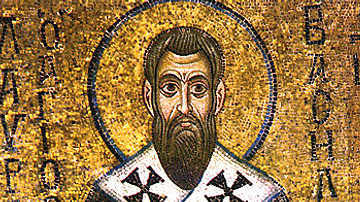
Definition
Basil the Great
Saint Basil (c. 330 - c. 379 CE), also known as Basil the Great and Basil of Caesarea, was a bishop of Caesarea in central Asia Minor who staunchly defended the church against the 4th-century CE heresy of Arianism. Basil's writings on monasticism...